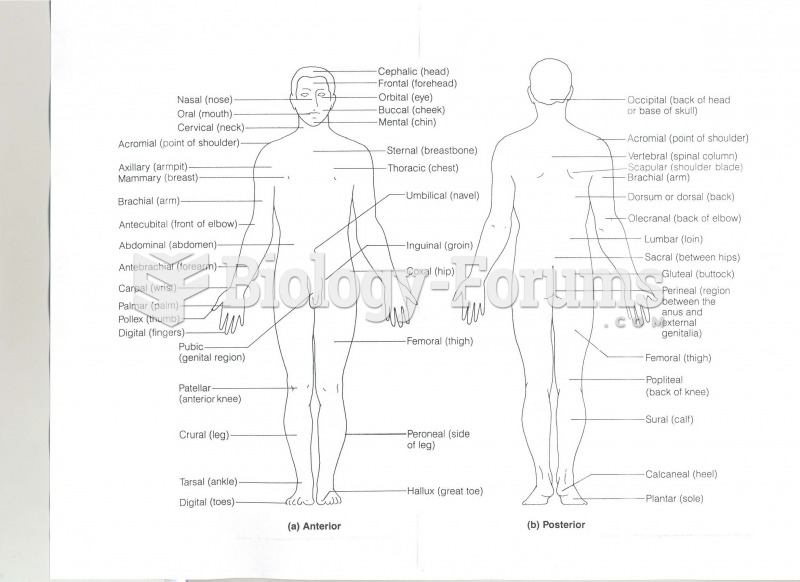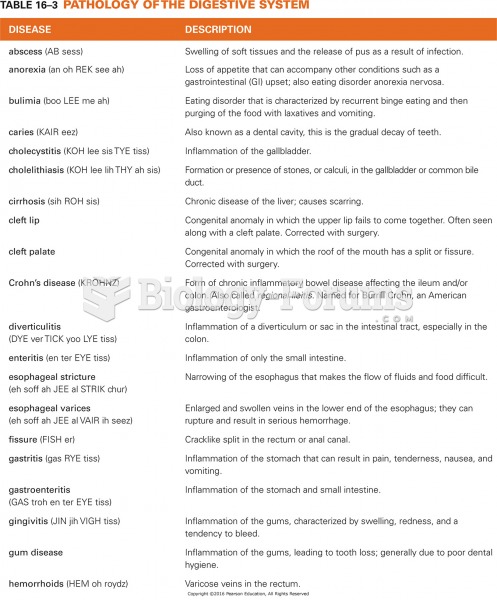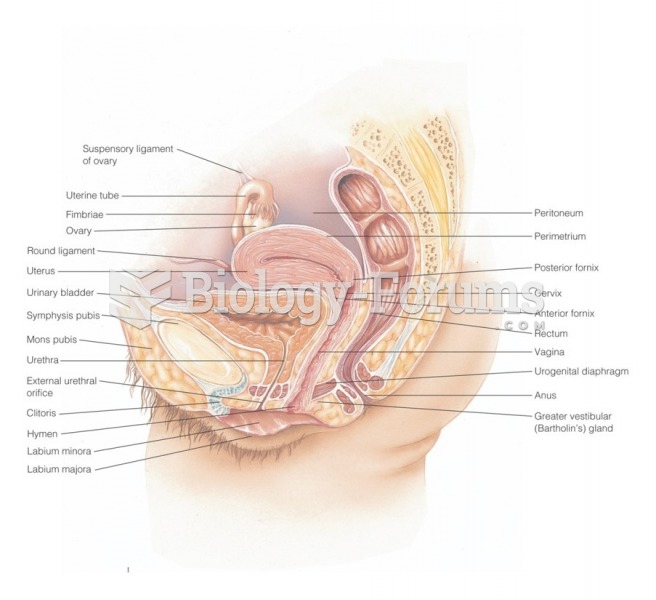|
|
|
Did you know?
The human body produces and destroys 15 million blood cells every second.
Did you know?
There are 60,000 miles of blood vessels in every adult human.
Did you know?
More than nineteen million Americans carry the factor V gene that causes blood clots, pulmonary embolism, and heart disease.
Did you know?
Blood is approximately twice as thick as water because of the cells and other components found in it.
Did you know?
Approximately one in four people diagnosed with diabetes will develop foot problems. Of these, about one-third will require lower extremity amputation.







